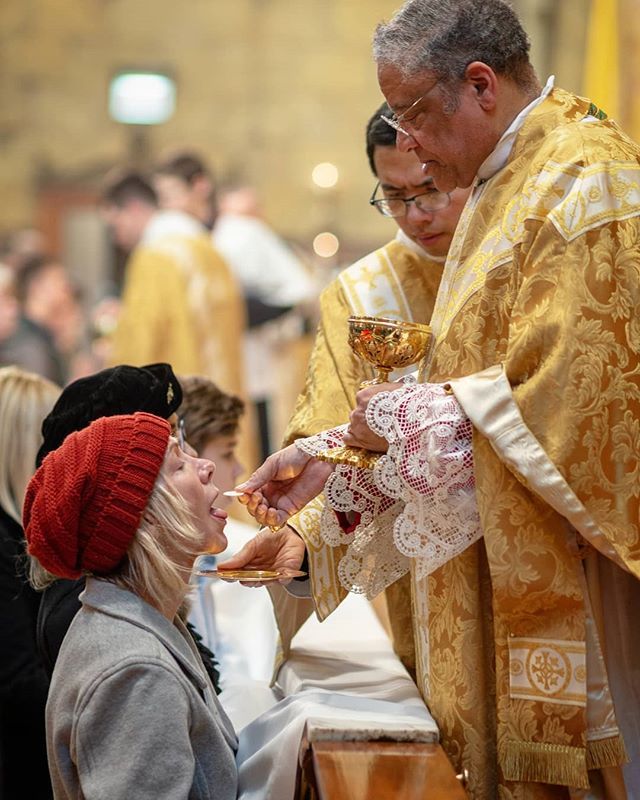Scottish vs English Versions of BCP Holy Communion
While the 1662 English Book of Common Prayer and the 1789 American Book of Common Prayer contain a rich liturgy for Holy Communion, the latter reflects the Scottish version of the service due to an agreement between Bishop Seabury and his Scottish consecrators. The key points of contrast, with examples, include:
- Less Formal Language. The English BCP uses more forma, even archaic, language with Latin phrases and elevated diction. For example, “Almighty and ever-living God, we most heartily beseech thee, that thy Son our Lord Jesus Christ, who in his holy Institution, did ordain Bread and Wine to be received by his faithful Disciples, in Remembrance of his Sacrifice on the Cross; would vouchsafe so to bless and sanctify these thy Creatures of Bread and Wine, that they may become to us the Body and Blood of thy Son our Lord Jesus Christ, to our unspeakable comfort and to the strengthening of our faith.”The Amercian version is simplified to be more clear to laity: “Almighty and merciful God, the Giver of all good things; for the sake of thy only Son Jesus Christ, who at his last supper in the night in which he was betrayed took bread, and gave thanks, and broke it, and gave it to his disciples, saying, Take, eat; this is my body which is given for you; Do this in remembrance of me; We humbly beseech thee, and with thy whole Church, to consecrate and bless this bread and this wine, that they may become to us the Body and Blood of thy Son Jesus Christ.“
- Contrasting Focus. The English Prayer Book reflects the real presence of Christ in the elements, emphasizing the sacrificial aspect of the Eucharist., e.g., “And grant, that we receiving these thy holy Mysteries, may be so filled with the Spirit of thy grace, that we may ever live in thee, and thou in us. Amen.” The American BCP focuses on the commemoration of Christ’s sacrifice as a means to strengthen the bond of Christian love: “And grant that we receiving these thy holy Symbols, may be strengthened in our souls, and joined together in unity and love; and may worthily set forth thy holy praise and thanksgiving.”
Specific differences between the two BCPs are:
- The American use of “Almighty and merciful God” to replace the English title “Almighty and ever-living God,” reflecting a shift towards a more compassionate view of God.
- The replacement of the 1662 BCP term “holy Mysteries” with the 1789 verbiage “holy Symbols.” The former signifies the mystical and transcendent nature of the Eucharist, while the 1789 BCP highlights its memorial function.
- The 1662 BCP prays for the communicant to be “filled with the Spirit of thy grace,” emphasizing the individual’s spiritual benefit. The 1789 BCP prays for the communicants to be “joined together in unity and love,” emphasizing the communal aspect.
The changes reflect changing theological perspectives and the desire to make the liturgy more accessible to a wider audience. Both versions continue to be used by Anglicans today.

